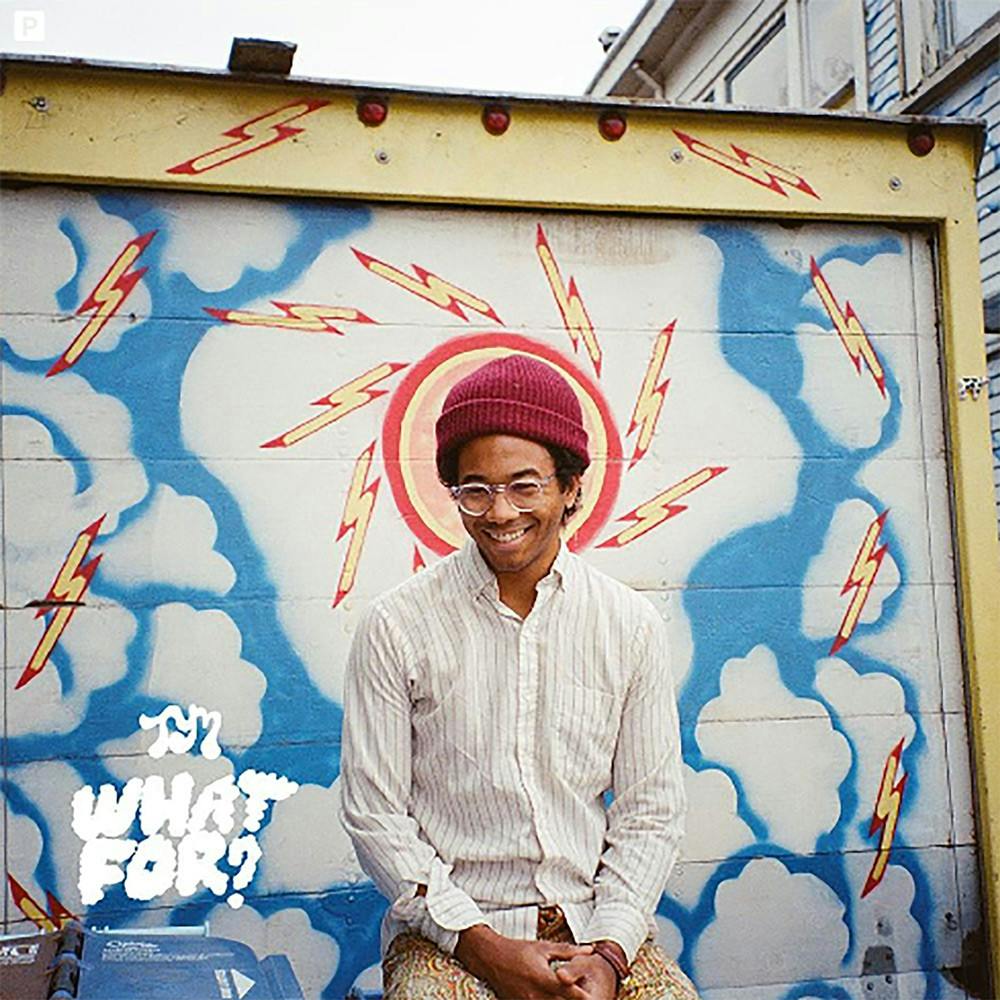Album: What For?
Artist: Toro Y Moi
Label: Carpark Records
Release Date: April 7
Grade: B-
No one can ever accuse Chazwick Bundick of being stagnant.
Bundick, 28, a South Carolina native, has dedicated himself to his craft, building an impressive resume as a number of musical acts. He has his main artistic persona, Toro Y Moi, his playful dance-music side project, Les Sins – who recently released its first album, Michael – his experimental “stream of consciousness” recording as Sides of Chaz and his one-off collaborative trance album with Vinyl Williams, Trance Zen Dental Spa.
And these are just his releases: Bundick, as a producer, has made tracks for Tyler, The Creator and Kool A.D. (of now-defunct Das Racist). His scope as a musician and a producer is undeniable.
What For?, Bundick’s fourth album as Toro Y Moi, runs concurrent to the artist’s obsession with musical innovation and growth.
As if to make sure his listeners know this, he opens his album with a sampling of racecars speeding around a track as if to symbolize his speedy departure from his past musical identities.
The spacey, atmospheric quality found in Anything In Return is gone; Toro Y Moi, instead, has seemingly found an aesthetic reimagining in pure-hearted indie rock.
On the first notes of “What You Need,” the presence of a guitar is almost shocking; it is almost as if What If? could be one of Bundick’s side-projects, a sonically less-nuanced spin-off born in hazy guitar riffs and soft rock.
As the album progresses through the bluesy funk of “Buffalo,” delicate piano riffs and spiraling guitar chords in “The Flight,” and the psychedelic garage rock at the end of “Empty Nesters,” it is almost as if fans of Toro Y Moi are listening to a completely separate artist.
The sonic shift is jarring, but an understandable part of Toro Y Moi’s core musical identity: since his 2009 release of “Left Alone At Night,” Bundick has refused to slow his quest of developing musically. Each new release as Toro Y Moi has brought some sort of sonic shift in style: 2010’s lo-fi indie rock, 2011’s synthpop and 2013’s glossy electro-acoustics.
This multidimensionality has become Bundick’s musical trademark: his music contains multitudes.
Not many artists can create a cohesive, artistic entity and still have power-pop ballad (“Buffalo”), a soft, swaying love song (“Lilly”) and a neo-boogie falsetto groove (“Spell It Out”) all on the same album.
In some ways, though, the album’s new sound takes away from the immense strength of Toro Y Moi’s musicality.
Bundick’s ever-present elaborate chord progressions are masked in his the transition from a synth-driven sound to more traditional, guitar-driven one, while his lyrics become much more central to the sound in What For?.
Bundick’s wistful and self-reflective lyrics, for the most part, are beautiful. On “Lilly,” Bundick simple lyrics capture the ambiguity and malleability of love perfectly, singing “Space is up for grabs / I give it to you for free / To give is such a test / You still take what you please.”
Yet, on other tracks, his lyrics are mired by borderline over simplicity.
On “Yeah Right,” the final song on the album, the lyrics seem to fall flat, both in execution and creativity: “What do you need? / Stay for a while / Oh let’s go get high.” The lyrics are sung in a way which make the song’s magical, listless guitar riffs in the background seem bland and unemotional with Bundick’s almost toneless delivery.
This is one of the album’s major drawbacks: the good songs are near flawless, but the bad songs fall flat.
The album, overall, is an obvious departure from the synth-driven chillwave that Bundick made famous in 2009; a sound some critics argued he perfected in Anything In Return.
But, Toro Y Moi refuses to be categorized.
In What For?, the artist is in a strange place; Bundick’s unrelenting love of sonic experimentation comes at a price: his evolution, here, seems almost passive, as if this shift is not of his own volition, but rather, an inherent pathological need to constantly continue to move somewhere new.
The sonic shift becomes less jarring as the pervasive elements of Bundick’s music style become recognizable behind the dramatic changes. His intricate, spiraling chord progressions, cozy production and all-too-familiar, feel-good vibes are irreplaceable, no matter what instruments he chooses to mess around with.
Brian Windschitl is an arts editor and can be reached at Brian.Windschitl@ubspectrum.com





